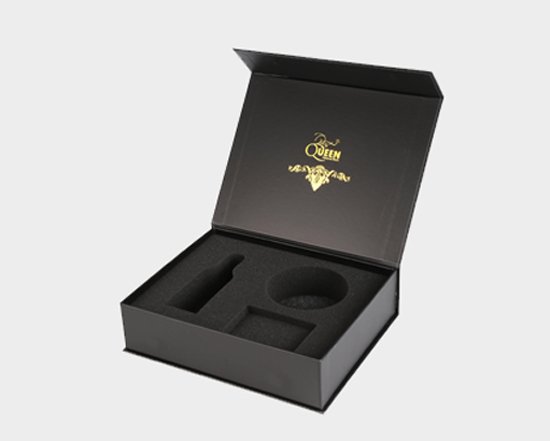Glossy vs Matte Lamination
Lamination is one of the ways people protect their printed paper or cardboard materials from damage and wear and tear effects. It is a finishing process that involves using adhesives, pressure, or heat to apply a thin layer of plastic (called laminate) to the paper or cardboard sheets. Lamination is often used for packaging materials, business and identity cards, brochures, book covers, and other printed items. The plastic laminate is applied to both sides of the printed material to ensure it is enclosed in plastic. This helps improve the item’s strength and rigidity, protecting it from stains, sunlight, moisture, wrinkles, smudges, tears, or anything else that might shorten its lifespan. In the market, there are two main kinds of lamination, today let’s share the difference between glossy vs matte lamination.
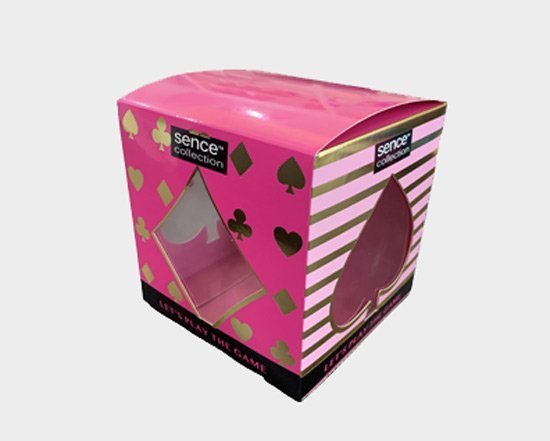
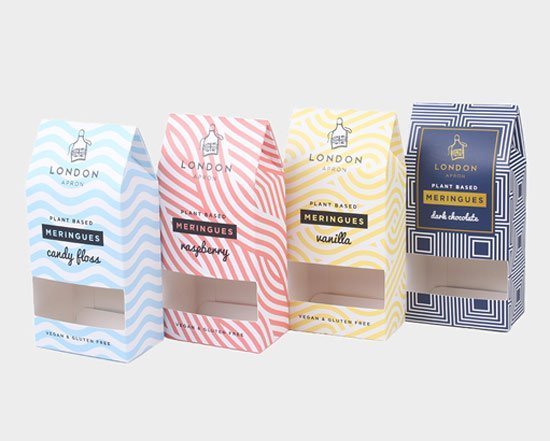
Benefits of Laminating Printed Items
Protection
The first reason anyone would laminate their documents, business cards, or any other printed item is to protect them. Wear and tear caused by everyday handling and smudges are the greatest threat to the longevity of printed items. The plastic laminate protects it from these, and it is easy to wipe off smudges and fingerprints that might have gathered on the plastic surface.
Enhanced Visual Appearance
The plastic laminate finish makes the printed item appear glossier and more attractive. It enhances the text colors and gives it a more professional look. The increased strength and rigidity provided by the laminate often give the item an impression of a premium higher quality.
Durability and Reusability
By protecting the printed item, lamination ensures it lasts longer than it normally would. It also makes it easily reusable. For example, a laminated restaurant menu would last longer and be more reusable because it can easily be wiped down and cleaned after each use.
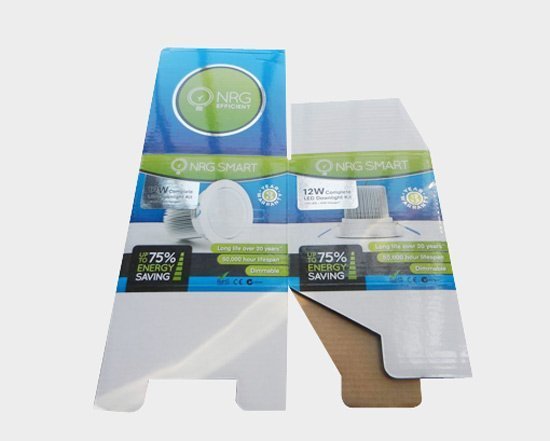
Types of Lamination
The different types of lamination include matte lamination, gloss lamination, velvet or soft touch lamination, and the less common nylon lay flat lamination. This article is based majorly on the two popular lamination types -gloss and matte, but first, we briefly examine the velvet and nylon lay flat lamination types.
Velvet Lamination
The laminate material used in this type of lamination strikes a delicate balance between gloss and matte, creating a result that is appealing to sight and touch. This type of lamination, due to its soft and silky exterior, is otherwise known as silk-type or soft-touch lamination. Its combination of a soft velvety exterior and superior quality due to the strength of the bond between the paper and the laminate gives it a very premium and luxurious aesthetic. It is used for high-end business cards, brochures, and book covers.
Nylon Lay Flat Lamination
This type of lamination is used for one-sided applications. The laminate, nylon, in this case, is laid flat on only one side of the paper or cardboard sheet. It doesn’t produce the curl inherent in other lamination types. It is the popular choice for laminating book covers, dust jackets, front pages of brochures, magazines, etc.
Matte Lamination
This popular type of lamination produces a non-reflective, smooth, clear, and soft matte finish on the surface of the laminated material. It gives the item an elegant, sophisticated finish that looks natural – with muted colors and balanced contrasts. It also has a soft velvety feel that adds to its premium elegant aesthetic, thus increasing the perceived quality of the laminated item.
The matte lamination finish is produced by creating small dimples on the surface of the laminate material, which traps light resulting in a non-reflective surface.
Gloss Lamination
This is often the most popular lamination style. It uses a lustrous plastic laminate that produces a highly reflective and glazed texture. It results in brighter and shinier surfaces, with texts and designs appearing crisper and more colorful with a lot of contrast. While its glossy and highly reflective surface might impair readability when exposed to direct light, it does make it more durable. It is easier to wipe off smudges, dirt, dust, and fingerprints on gloss than any other laminate type.
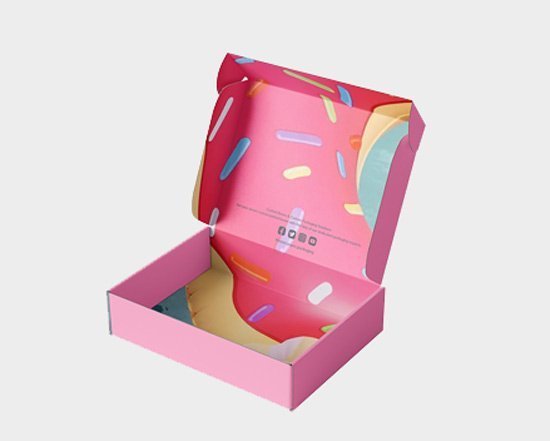
Differences Between Gloss and Matte Lamination
Appearance
Matte lamination offers a soft, muted, and naturally elegant look while creating a high-quality impression. Gloss lamination, on the other hand, offers a shinier, dynamic, and colorfully attractive surface. It produces the kind of packaging that jumps out at you on store shelves or wherever you see it.
Protection
While matte lamination is more vulnerable to scuffs and smudges, its dim, muted surface makes them less visible to the casual observer. Gloss lamination repels dirt, dust, and smudges more easily; it is also easier to wipe these smudges off them. Pending the time they are cleaned, these smudges and dirt would be very visible on gloss laminated surfaces due to their bright shiny nature.
Writing Receptiveness
It is easy to write, either with ink or pencil, on a matte laminated document or card. On Gloss laminated surfaces, however, it is far more difficult.
Glare and Visibility
Matte lamination does not produce glare and always remains very legible and readable in any lighting condition. Gloss lamination produces a lot of glare, making it difficult to see or read the contents of the laminated item when viewed under direct or bright lighting.
Typical Use Cases for Matte and Gloss Lamination
Business Cards and ID Badges
Most business cards are used to portray a sense of professionalism and formalness. A matte lamination finish is a popular choice for business cards. It gives it a minimalistic, quietly elegant, and professional look. It is easier on the eyes as it is not too bright or shiny, and you can always easily write on it. The same can be said for identity badges in that they must appear professional and be very readable.
Promotional Posters and Ad Boards
The major aim of advertisement posters is to have a strong visual impact on potential viewers. Gloss lamination is the best choice for these kinds of posters. Its glossy surface makes the colors jump out at the viewers giving it a festive hard-to-miss look, making them more likely to pay attention to the information the poster contains. Sometimes, however, matte lamination might be the way to go. For example, if your poster has a dark, muted color palette, matte lamination would be perfect for enhancing the dark colors. Or, if you are looking to place a large poster in a very brightly lit environment, the glare inherent with gloss laminate might make it unreadable, rendering it effectively useless.
Restaurant Menus
Restaurant menus get handled by a whole lot of people in a day. In the process, they collect fingerprints, stains, and smudges very easily. A gloss lamination offers the chance to easily clean off the menu after use every day. Also, menus are typically used indoors in moderate lighting, so there won’t be a lot of glare to impair readability.

Choosing GLossy vs Matte Lamination
There are a few factors to consider when choosing the lamination type for your print item. A few of them are discussed below.
Your Intended Aesthetic
This is the first, most basic factor to consider. Do you want your product to dazzle or to communicate professionalism? Do you want to portray dynamism or luxury? The answers to these questions will inform whether gloss or matte is the right lamination type for you.
Your Product’s Use
Your preferred choice of colors for the product or the existing color palette of your brand would dictate whether you should use matte or gloss lamination. A matte lamination finish would be right if the color palette consists mostly of dark themes. And if your preferred colors are bright ones, gloss lamination is the way to go.
Your Budget
This is a slightly unimportant consideration because there is mostly just a marginal difference between the costs of gloss and matte lamination types. But if you are on a tight production budget and every cent counts, you should know that gloss lamination costs less than matte.
Conclusion
Lamination is important to protect printed paper or cardboard materials and ensure longevity. Matte and Gloss lamination types are the two most popular methods of lamination. Matte gives off a muted, elegant, and natural aesthetic, while gloss is flashy, bright, and shiny. Both of them, in their different ways, offer optimum protection for your print items and also communicate elegance and quality. This article on glossy vs matte lamination helps you understand the pros and cons of each lamination type and how to choose the right one for all your lamination projects.
